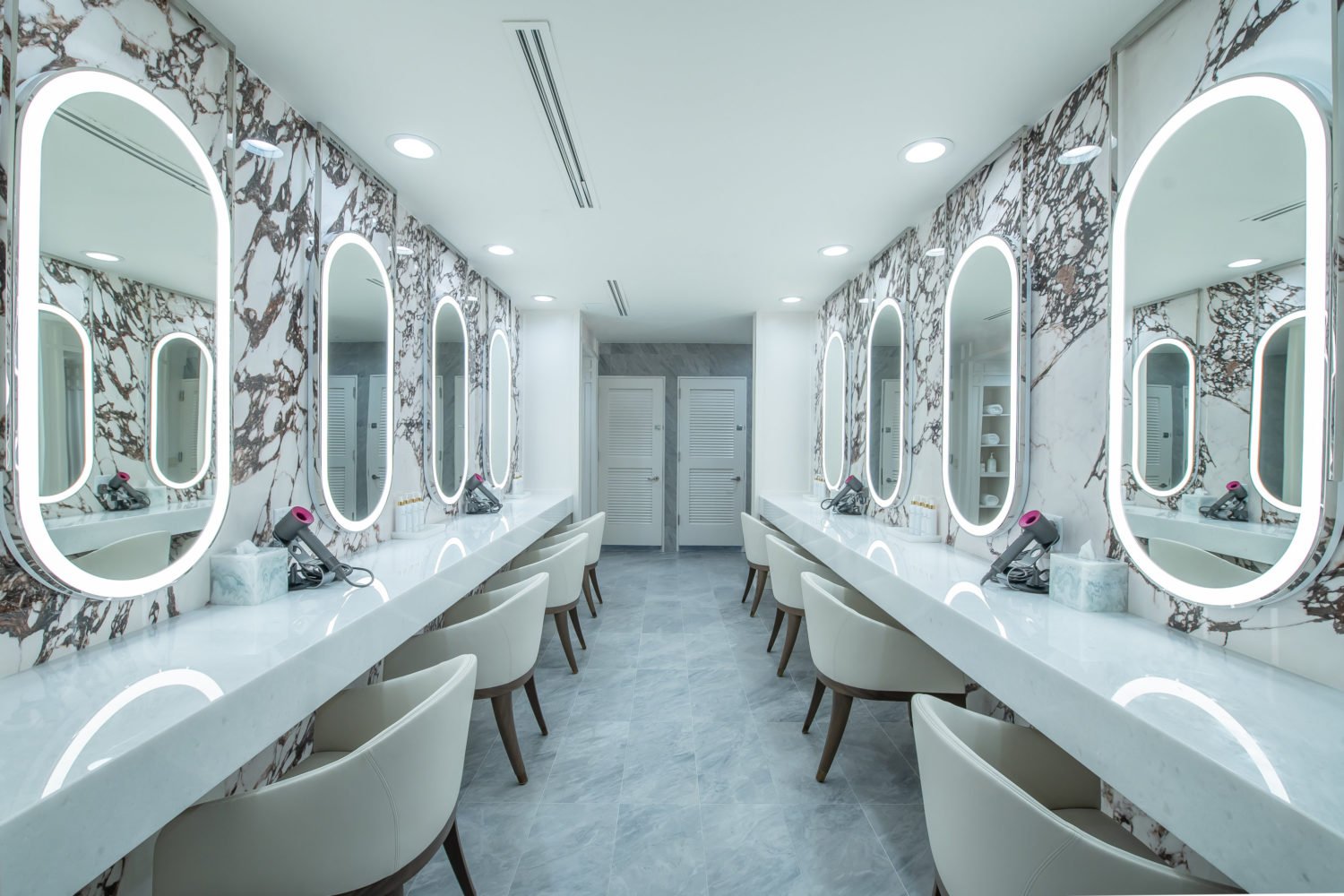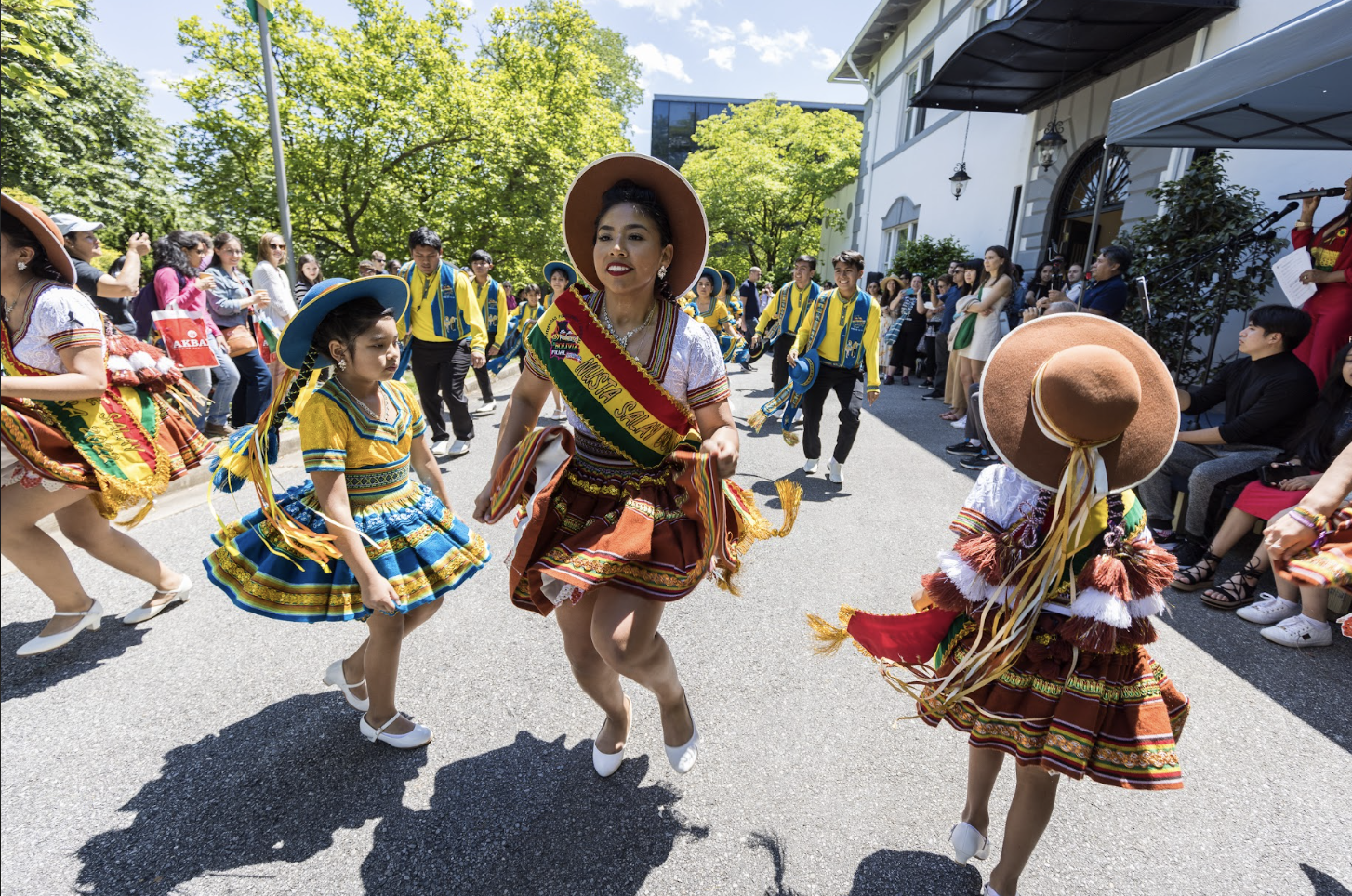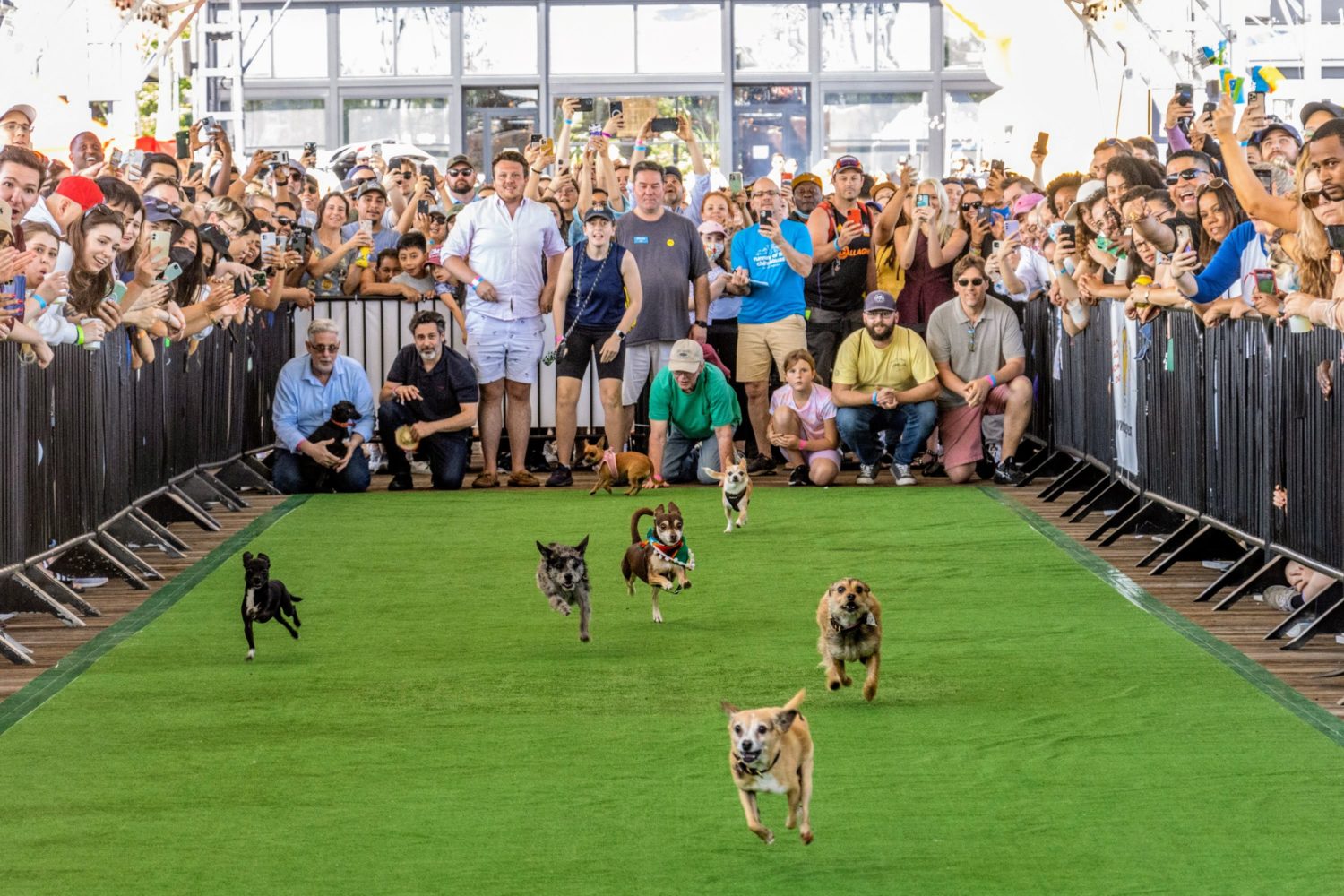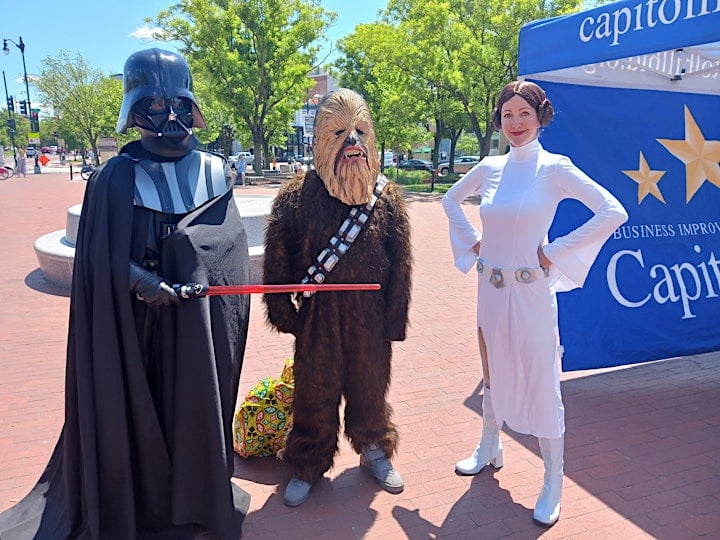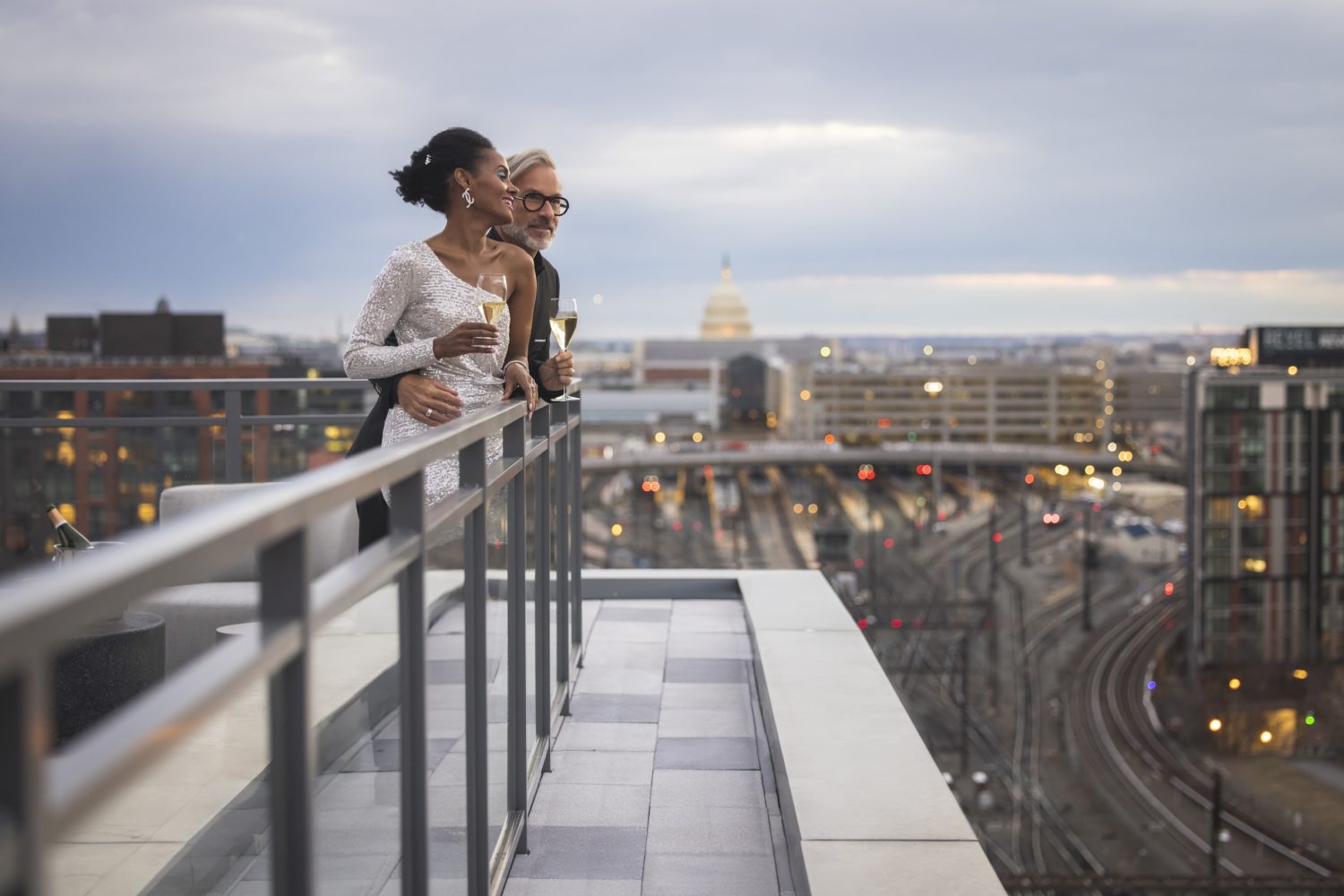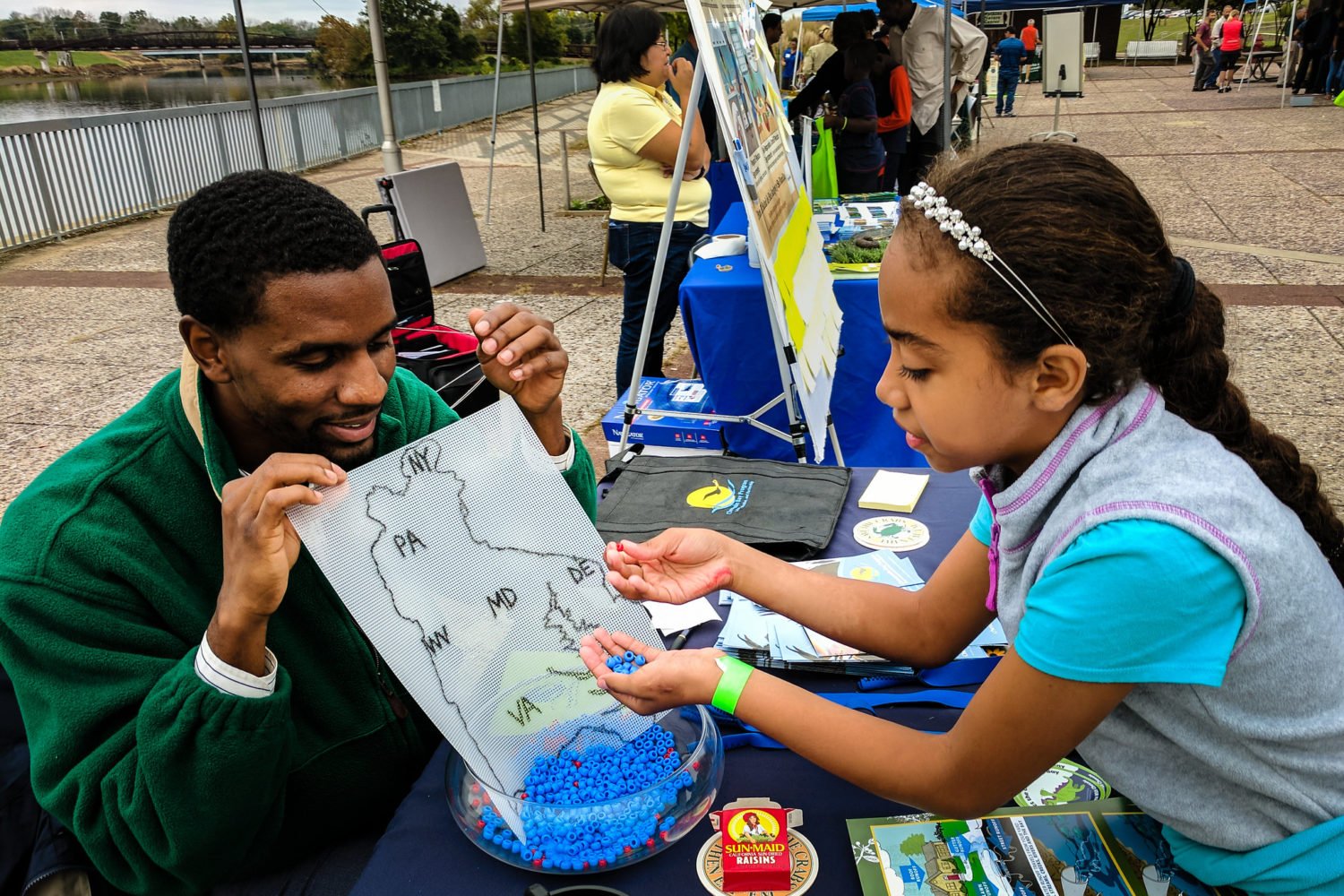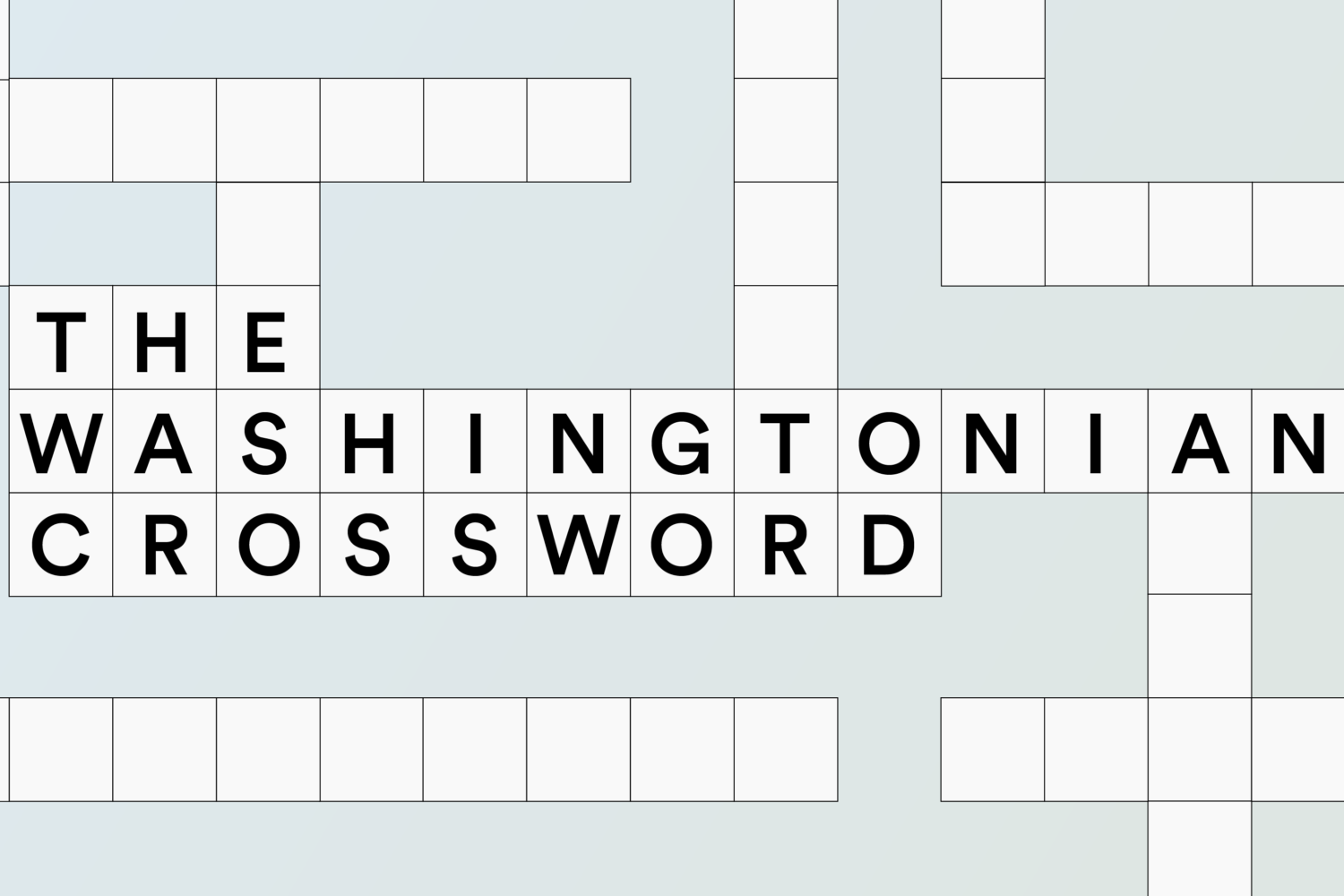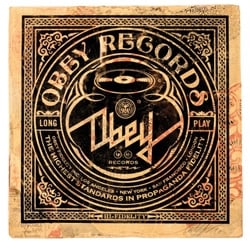
Unless you’re looking for it, it’s easy to miss the artistic oasis hidden away on the corner of 14th and P streets, Northwest, amid the bustle of DC’s Logan Circle. Vivid reds and yellows and bold black lines span the height of a wall in the alley behind the Irvine Contemporary gallery. This is street art, but not the spontaneous and surreptitious kind. Instead, the piece was commissioned by Irvine Contemporary to complement its new exhibit, “Street/Studio 2.0.”
The exhibit, which opened November 6, features the work of eight street artists. With so many voices represented, the works are diverse. However, commonalities such as bright colors and loud patterns run throughout, a result of the artists’ similar backgrounds in graffiti, in which they must compete for attention in landscapes filled with advertisements and other distractions.
Shepard Fairey, the show’s marquee name—he’s the artist behind the well-known Barack Obama “Hope” poster—extends his “Obey Giant” campaign from the late 1980s with a series of record covers. Fairey printed images of skulls, lotus flowers, Jimi Hendrix, and other bits of psychedelic rock ephemera over hand-collaged backgrounds. While his subject matter here is less political than his past work, the images still feel rebellious.
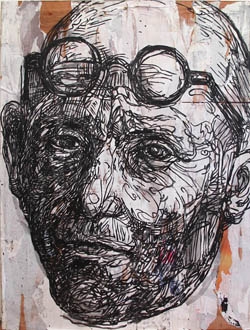
Swoon, the only female artist in the show, showcases several woodblock prints. Her best pieces are those unhindered by the boundaries of a traditional frame and are instead simply tacked to the gallery wall with push pins, recalling the spontaneous spirit of her graffiti.
“Layered Days,” a larger, abstract work by Jose Parla, recalls more classic graffiti, with its scrawling lines and gritty textures. All of the visual chaos invites the viewer to look closer and examine the layers of newsprint beneath the paint. In the lower right-hand corner, the comic strip “Shoe” is barely visible.
The exhibit doesn’t end with the gallery on 14th Street. Irvine Contemporary has temporarily taken over space at the Montserrat House on Ninth Street to house the rest of the show. The artists in this part of the exhibit are less established and the work is edgier.
The brightest star is David Ellis’s experimental piece, “Animal.” Ellis completed 59 paintings in six days and filmed his process, resulting in a hypnotic nine-minute video. The video’s is particularly compelling because it amplifies sound effects meant to mimic the evolving onscreen visuals. The piece is so engaging that you might not notice that you’ve watched the video, which runs on a loop, more than a few times.
Another highlight is the building’s facade, on which Baltimore-based artist Gaia spray-painted a large-scale portrait of 1920s architect Le Corbusier. Even better, a smaller version of the same image hangs just inside the gallery, emphasizing the key message of the exhibit—the negligible difference between art in the studio and art on the street.
“Street/Studio 2.0,” through December 18 is at Irvine Contemporary (1412 14th St. NW) and the Montserrat House (2016 Ninth St., NW).
All images courtesy Irvine Contemporary.
Subscribe to Washingtonian
Follow Washingtonian on Twitter
More>> After Hours Blog | Arts & Events | Happy Hour Finder | Calendar of Events











